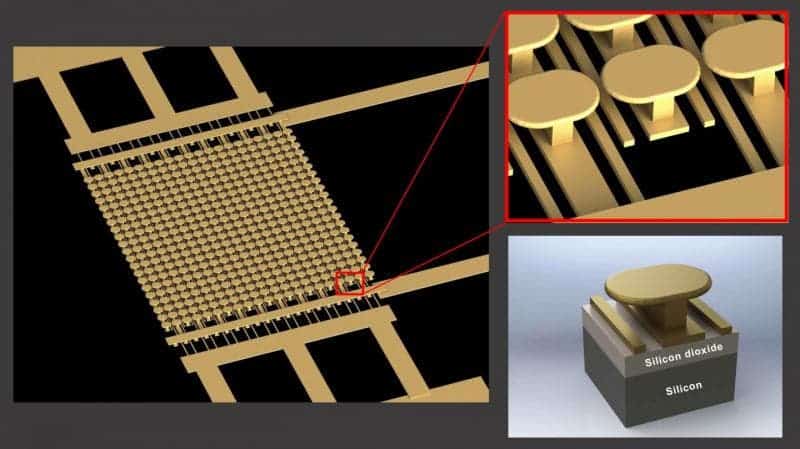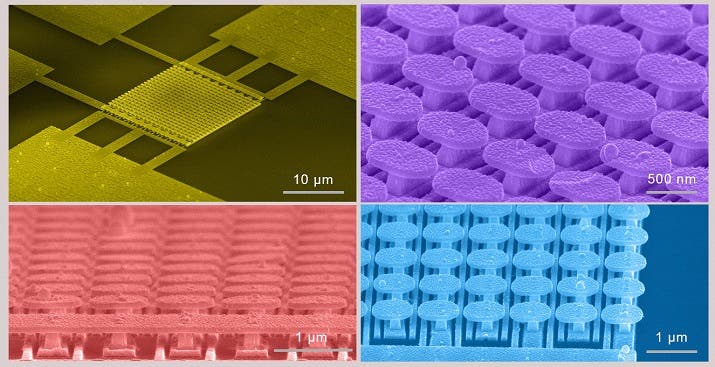Scientists have devised a metamaterial that liberates free electrons, sort of like vacuum electronics. The resulting semiconductor-free device operates at speed, wavelength, and power handling far greater than what’s available today.

On 10 May 1954, in front of an audience of baffled scientists and engineers, Gordon Teal of Texas Instruments Inc. made one of the most important announcements of the past centuries. Teal carefully pulled out several objects out of his pocket and immediately jaws dropped — these were silicon transistors. Today, probably 95% of all semiconductors — essential materials for any electronics component — are fabricated from silicon, despite the first transistor was a germanium device.
Before silicon or germanium transistors came along, however, all electronics used vacuum tubes in their construction. These tubes consumed a great deal of electrical power and gave off enormous heat, so the transistor was seen as a fantastic upgrade, ushering a new age of miniaturization that continues to this day. However, these wonder electronics aren’t perfect. Some electronics applications feel the limits of silicon transistors because the velocity of electrons is limited by the resistance of the material. To get these electrons flowing through the band gap between a semiconductor’s insulating and conducting properties, you need to supply more ‘juice’.
Researchers at the University of California, San Diego (UCSD) sought to get around this problem by taking some hints from ancient electronics history and reverting back to the principle of operation of tube electronics which involves free electrons.

Of course, there’ are many reasons why vacuum tubes aren’t used in modern electronics, one of them being that dislodging free electrons at the nanoscale is very challenging. The researchers got around this issue by making a metamaterial which a patterned surface to liberate electrons from gold nanostructures. The new device can be activated by low DC voltage and a low-power laser, allowing it to operate with a 1,000% increase in conductivity, as reported in Nature.
These sort of devices could lead to semiconductor-free switches, transistors, photo detectors or photovoltaic cells that are capable of handling much more power than traditional devices. That’s not to say that your next smartphone or computer will stop using semiconductors — no chance, but some applications could hugely benefit from vacuum tube style switching.
“This certainly won’t replace all semiconductor devices, but it may be the best approach for certain specialty applications, such as very high frequencies or high-power devices,” says Dan Sievenpiper, professor of electrical engineering at UCSD.
Such an implementation may be a key to developing semiconductor-free switches, transistors, photo detectors or even photovoltaic cells in the future that are faster and capable of handling more power than traditional devices.



